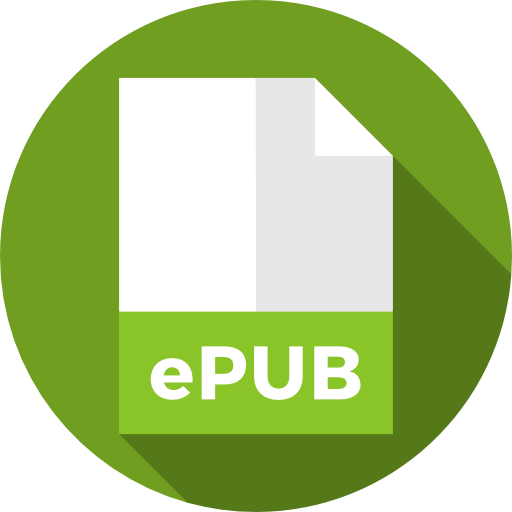
An International Publisher for Academic and Scientific Journals
Author Login
Scholars Journal of Medical Case Reports | Volume-13 | Issue-08
Interest of the Parameter ‘Immature Reticulocyte Fraction (IRF)’ in the Diagnostic Approach and the Follow-Up of the Anemies: Experience of the Laboratory of the Haematology Service of the Military Hospital Avicenne in Marrakech
Dr. Aziki Mehdi, Dr. Zakaria Faraji, Dr. Sara El Malihi, Pr. Mohamed Chakour, A. Raissi
Published: Aug. 12, 2025 |
187
259
Pages: 1835-1839
Downloads
Abstract
Anemia is a frequent pathology requiring precise evaluation to guide management. The aim of this retrospective study, carried out on 94 patients in the haematology laboratory of the Avicenne Military Hospital in Marrakech (over 12 months), was to assess the diagnostic value of IRF (Immature Reticulocyte Fraction) in distinguishing between regenerative and aregenerative anaemias, by comparing it with the reticulocyte count. IRF, measured by the Sysmex XN-1500, reflects the rate of release of RNA-rich immature reticulocytes, marking the erythropoietic activity of the bone marrow. The results showed a significant positive correlation between RFID and reticulocytes (r = 0.515; p < 0.001), as well as excellent sensitivity (94.4%) and specificity of 61.8% at a cut-off of 15%.ROC curve analysis confirmed the performance of IRF (AUC = 0.840), and the Kappa concordance coefficient (0.778) between IRF at T0 and reticulocytes at T48 validated its ability to detect a bone marrow response early.Of the 94 cases, 75.5% presented with anaregenerative anaemia and 24.5% with regenerative anaemia. Patients with regenerative anaemia had a mean RFI of 25%, compared with 12.94% in patients with aregenative anaemia (p<0.05). Conclusion: RFID appears to be a rapid, reliable and non-invasive automated haematological tool for the differential diagnosis of anaemia. Its ability to reflect the erythropoietic activity of the anaemia patients is a major advantage.


